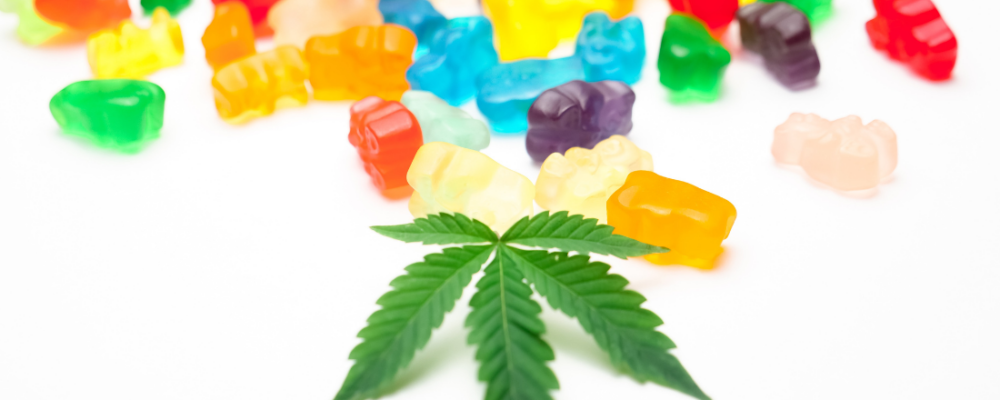
Study: Young Adult Retail Purchases of Cannabis in California
- Lynn Silver, MD, MPH, FAAP
- Alisa Padon, PhD, MBE
- Cornelia ‘Connie’ Pechmann
Douglas Calder
David Timberlake
Joshua Rhee

Specific cannabis products—especially if marketed with youth-appealing features—may attract adolescent and young-adult consumers, increasing the importance of identifying policies that will limit problematic market-place practices.
Identifying tobacco and alcohol product types and marketing that appeal to young people has led to important public health protections. This study provides the first look at recreational (adult-use or non-medical) cannabis retail sales in California, and sales by age group—identifying cannabis products that are attractive to young adults, with the goal of helping to inform regulation that may be needed to protect this vulnerable group.
In this study, PHI researchers Dr. Lynn Silver and Dr. Alisa Padon, along with partners from the UC Irvine, identify cannabis products according to their appeal among young adults and measure product sales trends. The research, “Young adult retail purchases of cannabis, product category preferences and sales trends in California 2018–21: Differences compared with older adults,” was published in the journal Addiction.
see the full studyUsing California market data 2018-2021, researchers found that flower and vape pens are the product categories young adults purchasing in the legal market are spending the most on (37.24 and 31.83% of young adult dollars, respectively), and that youth are more likely than older adults to spend money on the higher potency categories of vape pens and concentrates. High potency products (including the high potency flower that dominates the CA market) have been associated with greater likelihood of dependency, as well as of adverse effects such as cannabis induced psychosis.
As occurred with Juul in the nicotine market, cannabis vapes, often with fruity flavors and packaging known to be attractive to youth have been heavily marketed and little has been done to enforce existing weak restrictions on flavors in inhaled products or packaging attractive to children or youth.
Design, setting and participants
This was a retrospective comparative study using point of-sale data from licensed recreational cannabis retailers that include buyer age with birth year entered by retailers, set in California, USA. Cannabis purchases by young adults (aged 21–24, GenZ) were compared with older adults (age 25+) over 4 years (2018–21).
Measurements
Sales for six cannabis product categories were analyzed using a commercial data set with imputations and a raw data set. Age-appeal metrics were dollar and unit sales to young adults, and dollar and unit share ratios (young adults/older adults), where a share ratio of 100 denotes age-appeal comparability. A product category was considered more young-adult appealing than others if its mean on a metric was at least one standard deviation above the grand mean across all product categories.
Findings
Flower (cannabis plant material) and vapor pen appealed to young adults based on absolute dollar sales, dominating young-adult spending compared with other cannabis products (37.24 and 31.83%, respectively). Vapor pen and concentrate appealed to young adults based on dollar share ratios of 152, meaning these products comprised a 52% greater share of young-adult cannabis spending relative to older-adult spending (31.83/20.97% and 10.47/6.88%, respectively). Less appealing to young adults were pre-roll, edible/beverage and absorbable products (tincture/sublingual, capsule and topical). Flower showed the largest dollar sales growth (B = +$3.50 million/month), next to vapor pen (B = +$1.55 million/month). Vapor pen tied for highest growth in the percent of product dollars from the largest package size (B = +0.85%/month) and showed the steepest price decline (B = −0.53 price per gram/month).
Conclusions
In California, USA, from 2018 to 2021, relative to older adults, young adults spent a greater share of their cannabis dollars on vapor pen and concentrate (products with high potency of delta-9- trahydrocannabinol).
Originally published by Addiction
Additional Contributors
- Lynn Silver
- Alisa Padon
- Cornelia ‘Connie’ Pechmann
- Douglas Calder
- David Timberlake
- Joshua Rhee
Work With Us
You change the world. We do the rest. Explore fiscal sponsorship at PHI.
Support Us
Together, we can accelerate our response to public health’s most critical issues.
Find Employment
Begin your career at the Public Health Institute.


